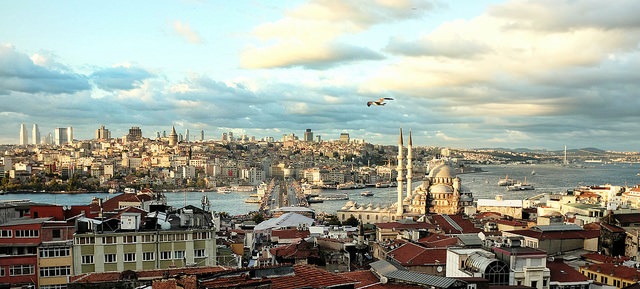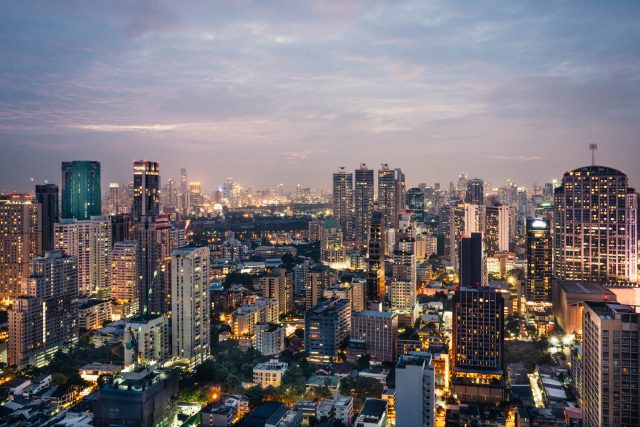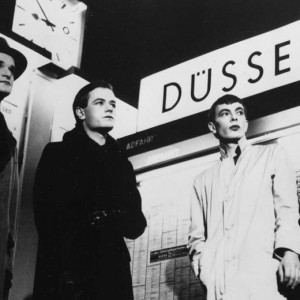Normally, I refrain from criticizing my country to foreigners. When it comes to İstanbul though, where I was born and where lived with my family until my late 20s, I would feel guiltier if I tried to cover up the obvious fact that this (once) beautiful city has increasingly been under attack, especially for the last 10-15 years. During this period of time, I have been able to follow the tremendous change of the city both directly and at times from a distance. Visiting the city after long breaks in between enables me to have the unique perspective of an involved stranger who might recognize the city’s speedy change somehow better than people that have been living in İstanbul all the time. Last February I went back for a week to visit my family; even though I do not claim that a week is enough to grasp any urban change, this short stay provided me with some new insights about the nature of change in the case of İstanbul while attempting to compare it to the change of Osaka, where I study neighbourhood transformation for my PhD in urban sociology.
In this article, I would like to share my critical insights regarding the various processes of change in the city, their possible conceptual definitions, and what and who has been getting lost from the city as a result.
Different Processes of Change in İstanbul
Seen through a lens of urban regeneration, İstanbul overall is being intervened at an incredible pace (Lepeska, 2014; Koelemaij, 2014). All old neighborhoods, including slums as well as more historical areas with a unique cultural identity such as Sulukule and Fener-Balat, are being renewed, and thus, forcing out their original inhabitants. On the other hand, one finds value-increasing neighbourhoods, often because of a change in transport routes, commercial developments, ground safety, or simply better air or good schools, such as Acıbadem district and Bağdat Caddesi on the Anatolian side. Here, the change is taking place by reconstructing buildings one by one. Then, there are projects, proceeding or pending, regarding public spaces and monumental buildings such as the Congress Valley, Taksim Square, Atatürk Culture Center (AKM), BJK İnönü Stadium, Haydarpaşa and Galataport. İstanbul’s precious Bosporus takes its share in the form of a third bridge, new luxurious hotels on the seaside, more apartments and even higher skyscrapers on its hills, as well as unfinished riprap works in Emirgan. Not to mention the “crazy project” of “Kanal İstanbul“, that is, creating a duplicate of the Bosporus to the West.
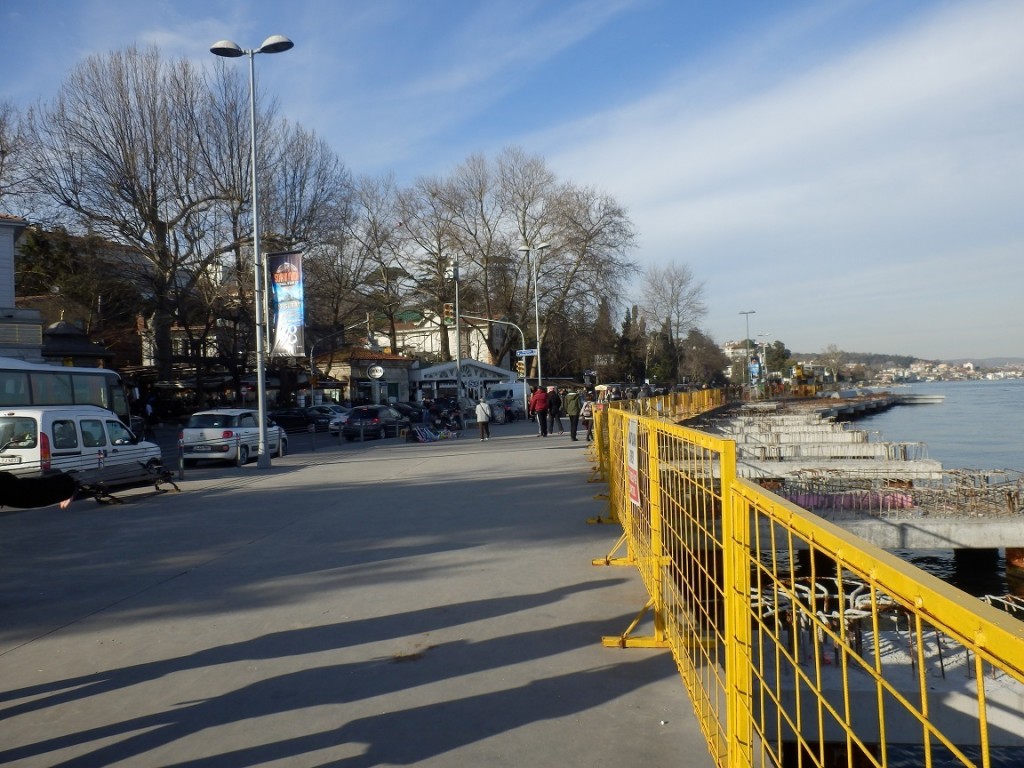
Unfinished Riprap Works in Emirgan
‘Lost in’ Gentrification
Gentrification and touristification go hand in hand in most areas including Nişantaşı, Tarlabaşı, Cihangir-Çukurcuma, Galata, Asmalımescit, Beşiktaş, and Tophane-Karaköy on the European side, and more recently Kadıköy-Moda on the Asian side, followed by Bosporus villages like Kuzguncuk. Gentrification in the case of İstanbul (unlike Osaka) involves displacement. Moreover, the existing cultural value of the neighborhood usually disappears as a result of the process of change, and hence, estranges people, who actually own cultural capital. In this sense, I agree with an acquainted publisher, who claimed that the process in İstanbul is rather a degentrification and deculturation, and the insistence on the academic term of gentrification covers up the real economic basis of the change process. I immediately remember Neil Smith’s rent-gap theory as a partial reply to this argument. Rent gap refers to “the difference between the potential value of a property under some future ‘highest and best use’ and its actual value under the inherited land-use regime” (Patch and Brenner, 2007), and is a significant factor in gentrification. What the publisher calls degentrification (soysuzlaştırma) I call vulgarization or degeneration.
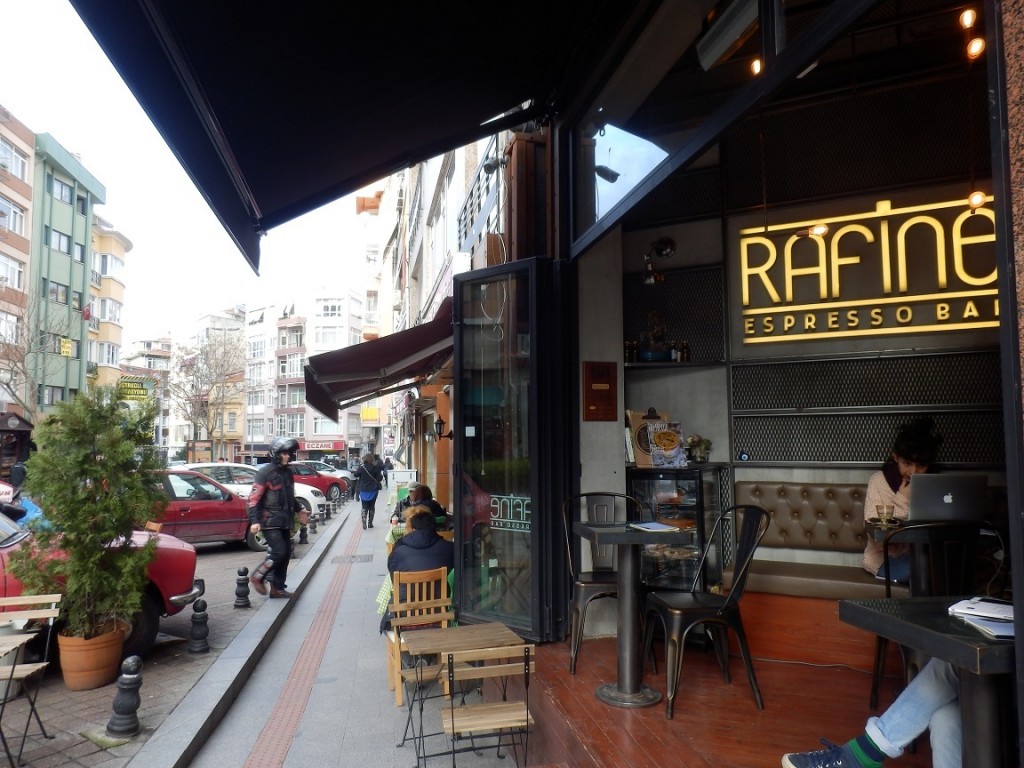
New Coffee Shops in Kadıköy-Moda with Outside Tables after the Ban against Smoking Indoors
Disappearing Urban Material Culture
The city is like a huge construction site, far away from the “attractive city” described in the video, “How to make an attractive city“. It is both a physical and symbolic destruction as can be seen from the currently neglected situation of Taksim Square. Taksim Square has become a distorted space under the name of pedestrianization project which also includes a plan of the metropolitan municipality to rebuild artillery barracks in the place of Taksim Gezi Park. The nearby İstiklal Caddesi (Street) has lost all of its cultural assets in the last few years e.g. AKM (1969-2008), Vakko (1962-2006), Alkazar movie theatre (1923-2010), Emek theatre (1924-2013), İnci Patisserie (1944-2012), Robinson Crusoe 389 (1994-2014) bookshop, Yapı Kredi Culture Center (1992-2013), and many more. The intention of the municipal administration and collaborating private actors seems to be preventing people from identifying and thus, liking their city spaces, so that rents can be increased without friction. The underlying anticipation is that people do not protect places that they cannot identify with. People manage to consume despite degraded environments. That is why, the more İstiklal Caddesi degenerates and commercializes, the higher the shop rents become (it is actually already among the top ten shopping streets with the highest shop rents in the world). Some examples of shop rents are provided as: 125 Euros per meter-square for a 5-storey store close to the tunnel, 400 Euros per meter-square for a 250 meter-square shop at the entry of İstiklal Street. Key money is stated to range from 500,000 Dollars to about 1,8 million Dollars.
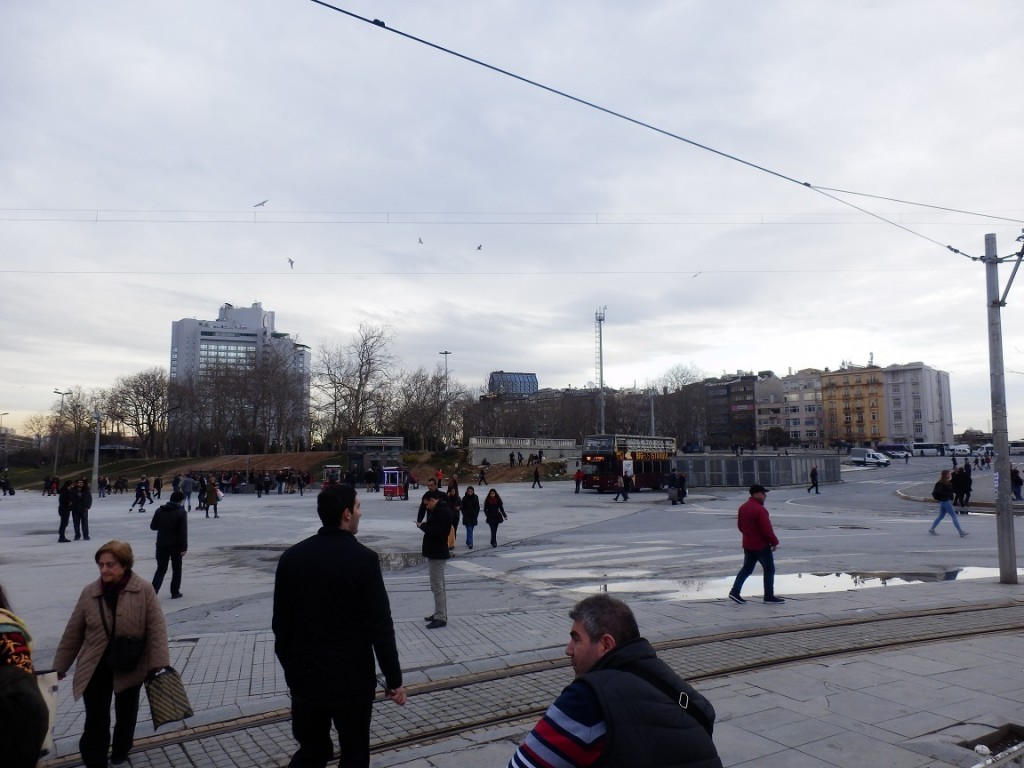
The Current, Straggling Situation of Taksim Square
Is the Middle-class Fleeing the City?
What we have left is a few places of escape, such as the Princes’ Islands, except for summer times when they are packed with tourists, or the familiar confines of one’s own home in the city. I am not so sure about the maintenance of these places either though, after having read news about Turkey’s islands including Yassıada and Bozcaada being zoned for construction of touristic facilities up to 70%, which threatens the natural and cultural assets against the will of the people (Islands’ Defence). My parents also told me that some apartment neighbors are proposing to reconstruct our building. Such apartment reconstruction usually ends up replacing the old residents, who cannot afford the management fees of the new mansion.
Therefore, the attack is not only aimed at the city spaces of İstanbul (for a network map of projects of dispossession in İstanbul, see: Projects of dispossession. Networks of Dispossession), it is also increasingly hitting upon the lower middle-income groups, including the intelligentsia, besides the originally pressured lower income groups. In other words, it is both a social class conflict and a spatial conflict: the two are closely interconnected. It is the intellectual middle class members who move away from İstanbul to smaller towns such as Ayvalık, Foça and Bodrum, and work there as freelancers, set up some business, or try to live on pensions. For those who want to stay in İstanbul, life is ever harder with increasing rents and living costs, reduced feelings of security and a lack of jobs or precarious employment including non-covered employment. Also, sexual harassment seems to increase as people get desperate for work at an increasingly market-controlled work environment. Absence of life quality is guaranteed though, as in the case of the coast road of the European side where pedestrians and cars changed place on the pavements between Rumeli Hisarı and Baltalimanı districts.
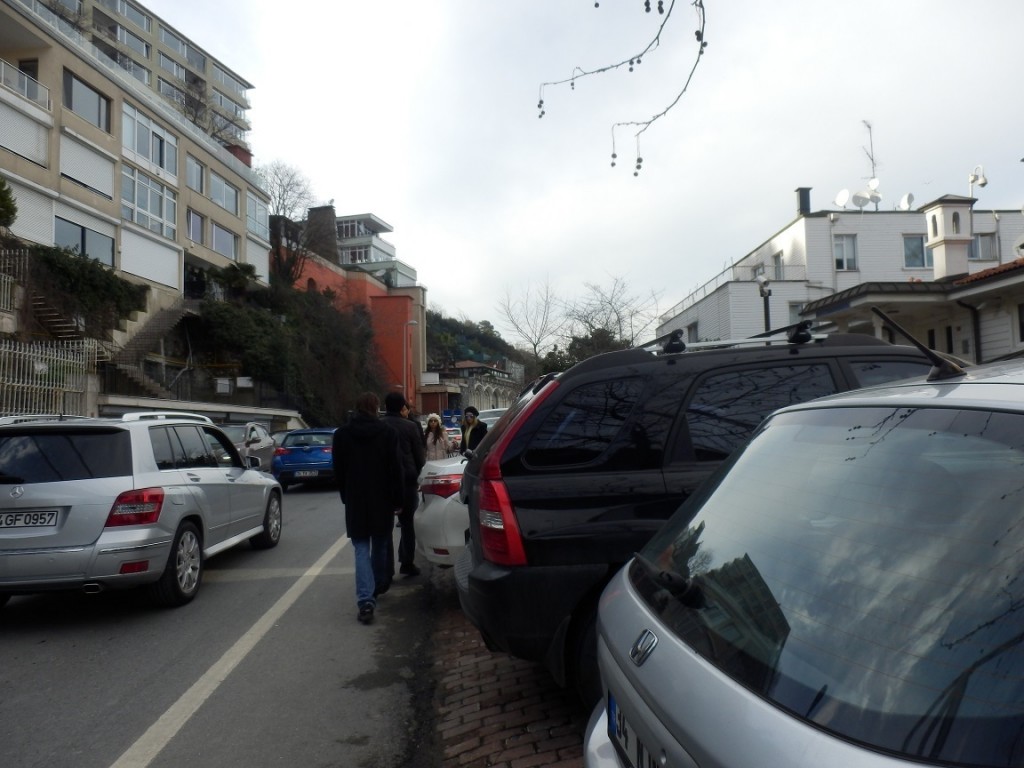
The Coast Road
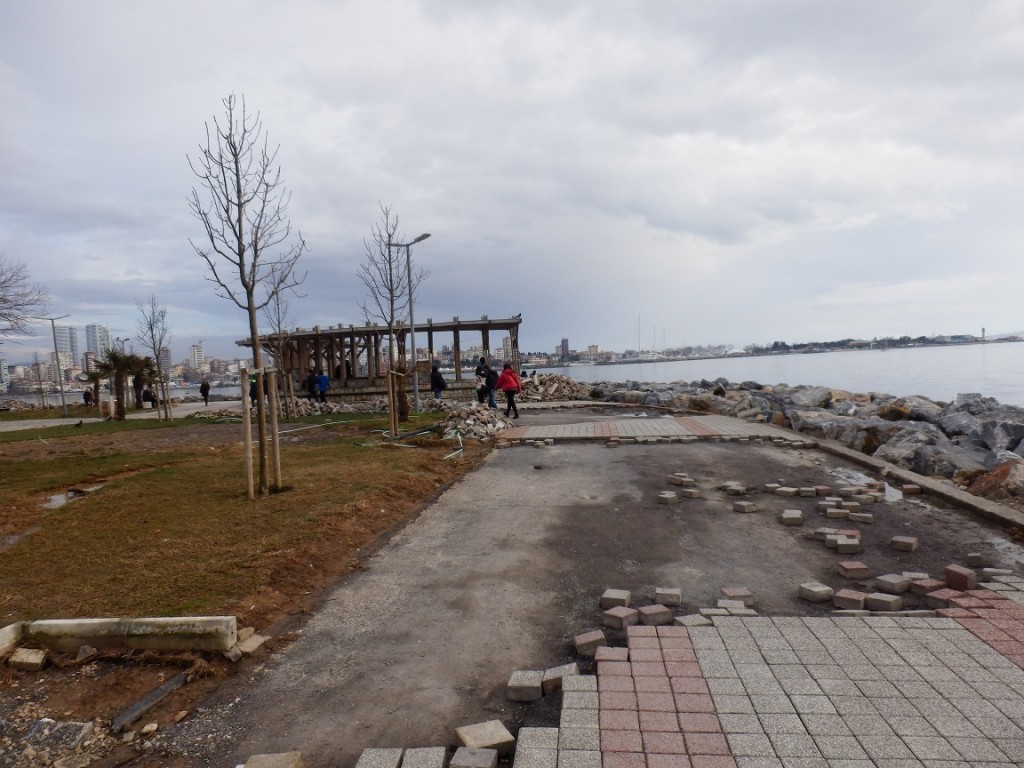
Seaside Walk Way in Kadıköy-Mod
Based on this last visit, İstanbul looked to me like a woman, who is subjected to continuous violence under the guise of urban renewal or poorly groomed at those places, where she resists to such violence, such as Taksim Square in 2013. Only through continuous struggle for our rights to the city, there will be a chance that İstanbul recollects its beauty.
The picture on top of the article is made by Christopher L. (Flickr). All the other picture are made by the author.

